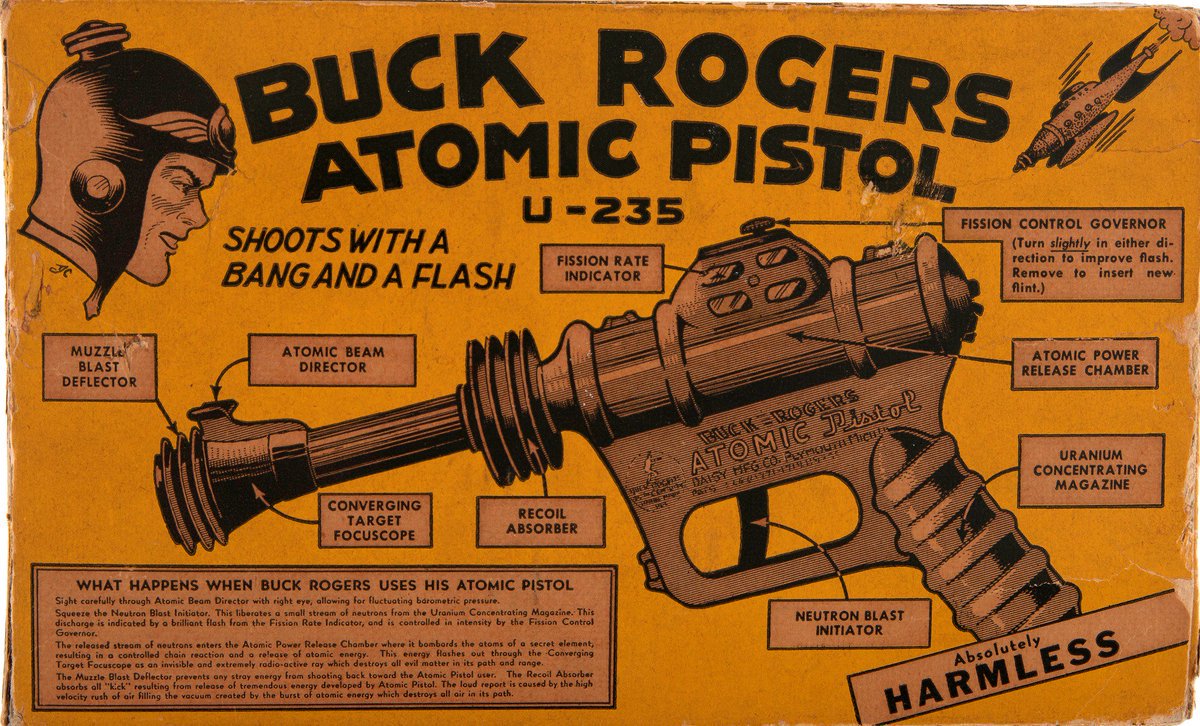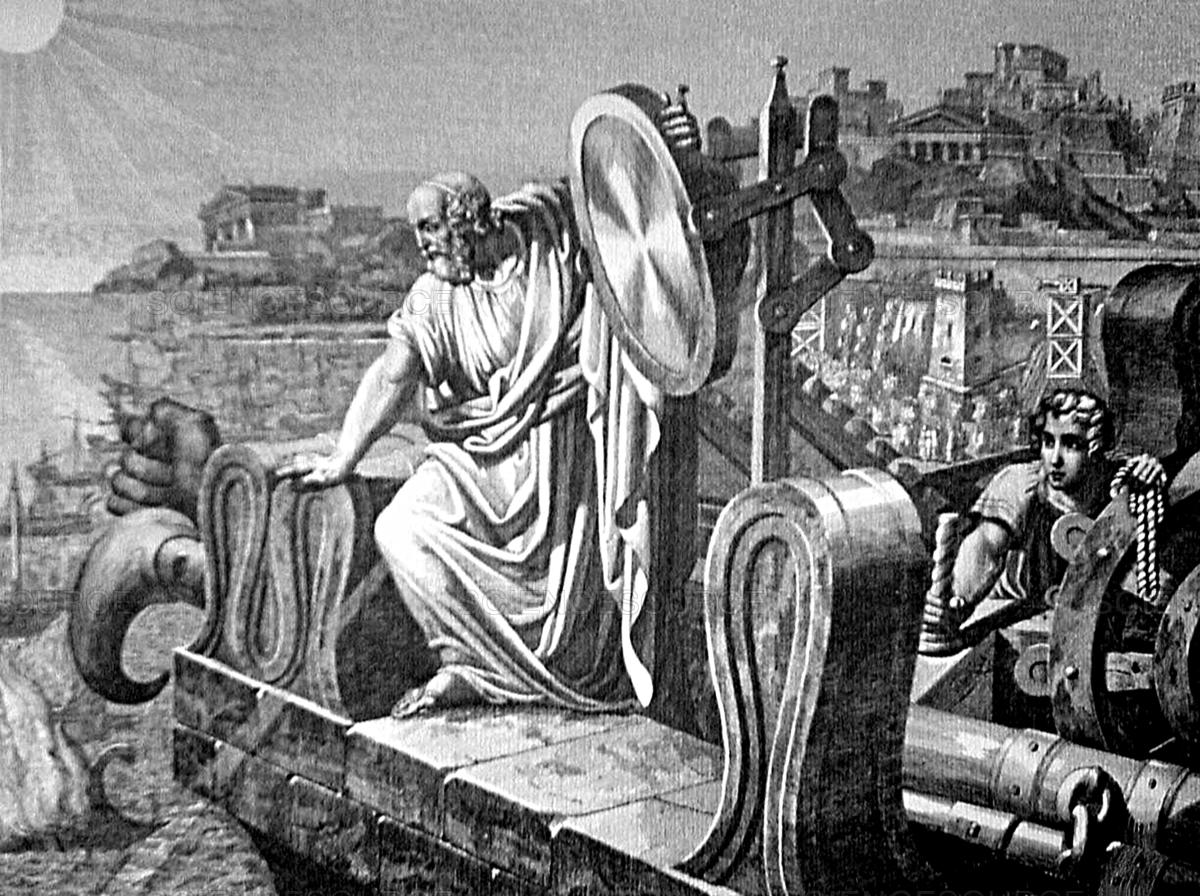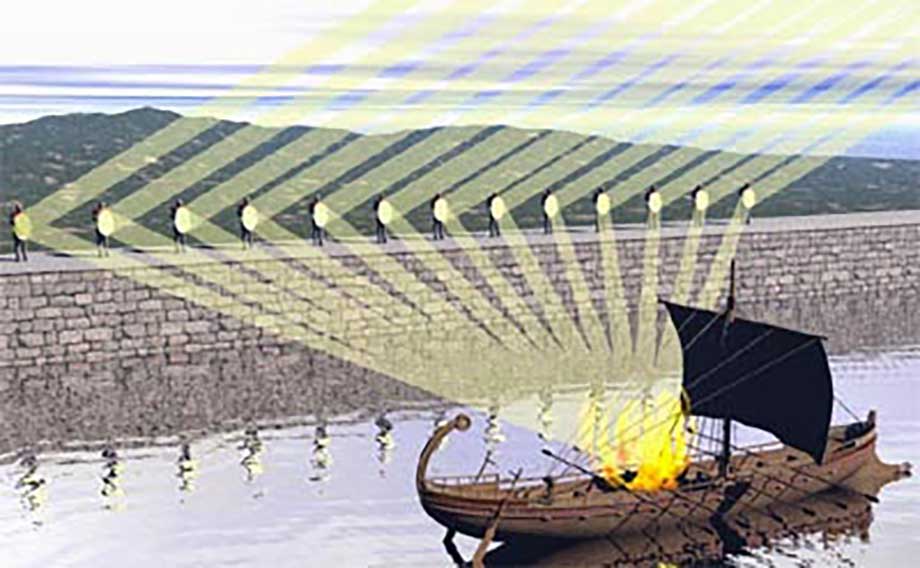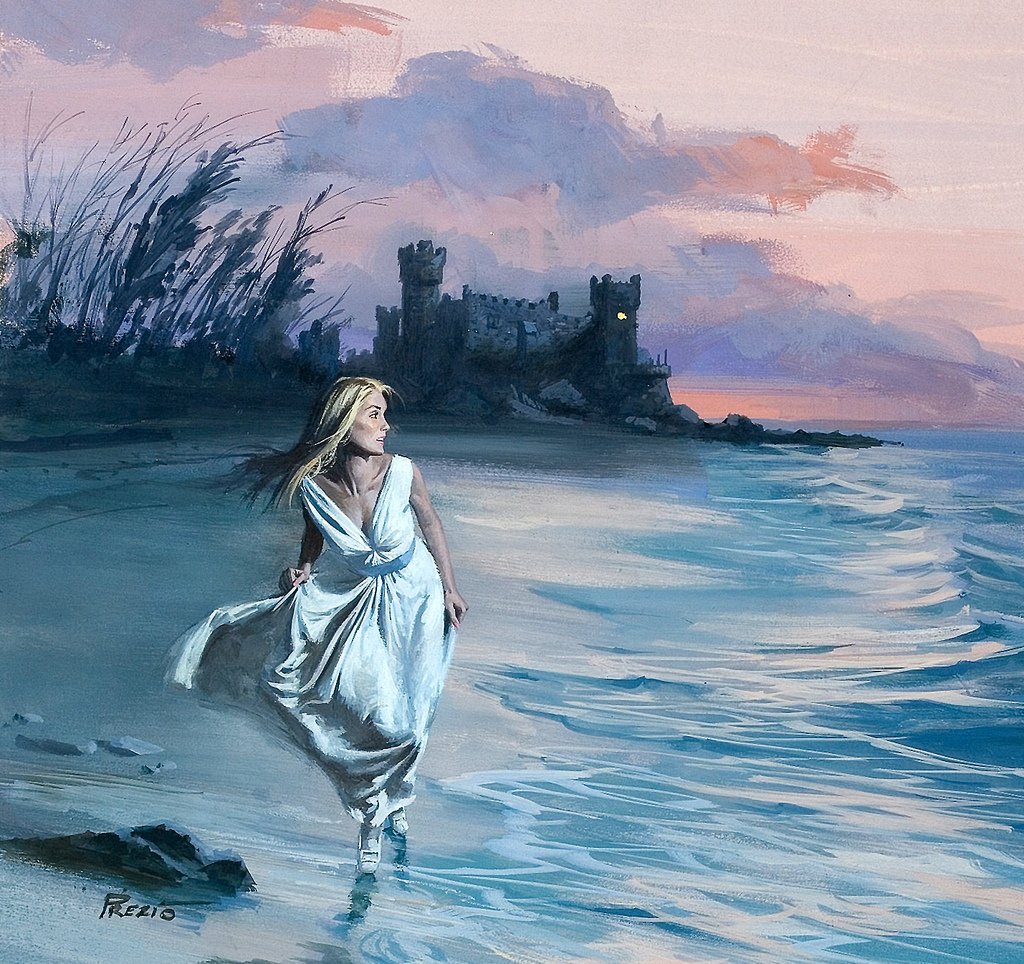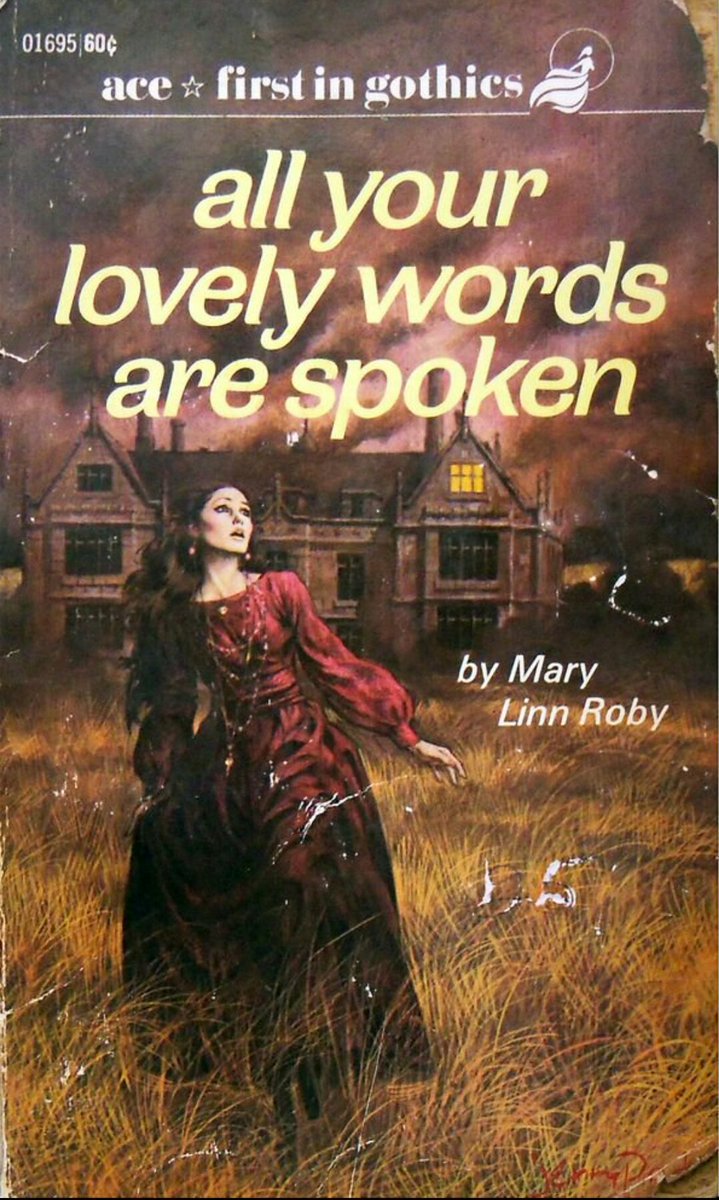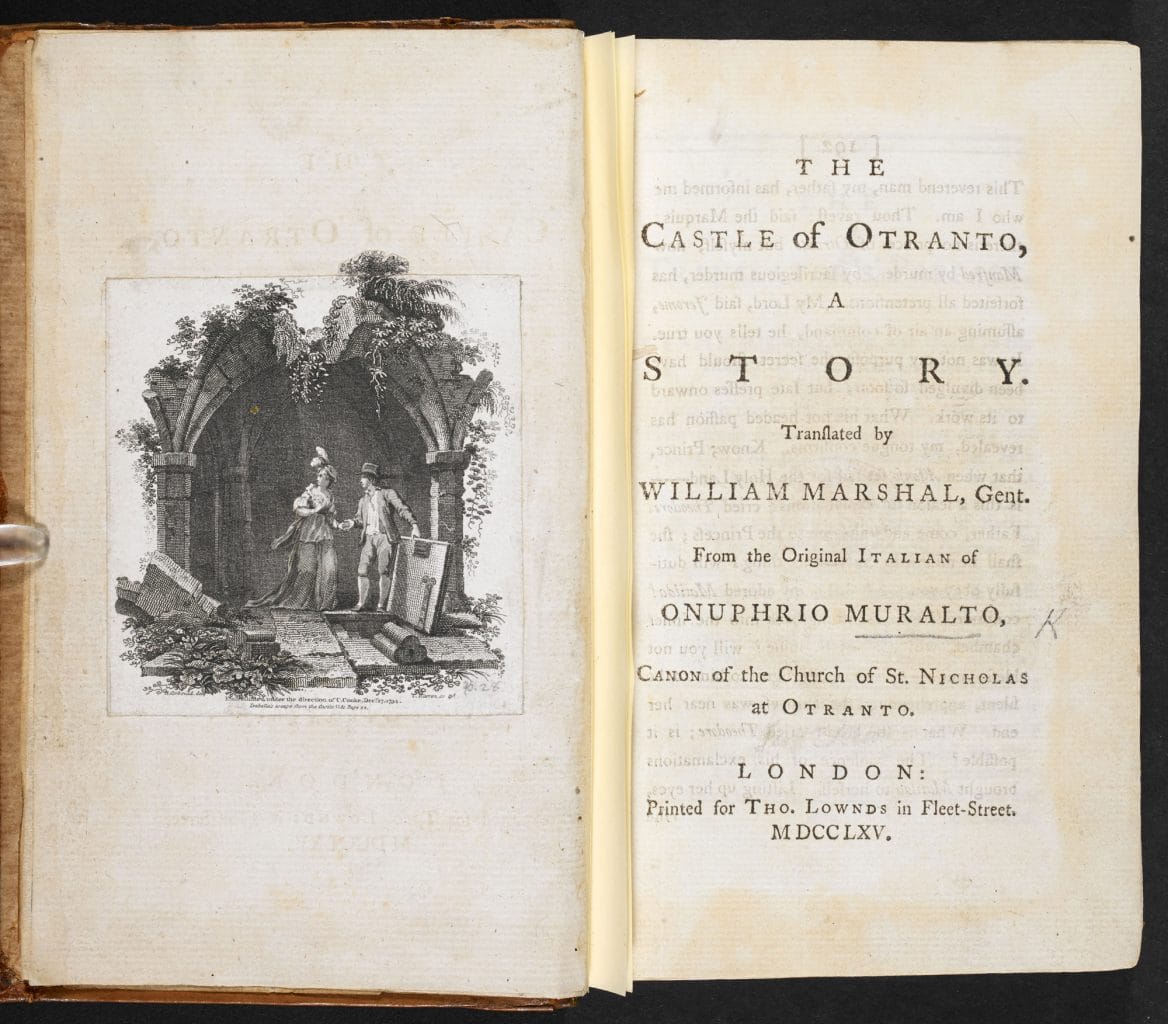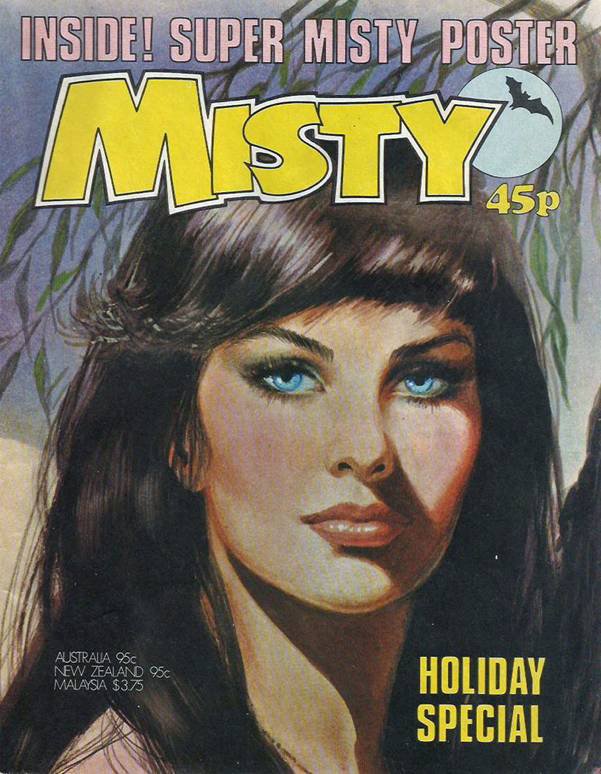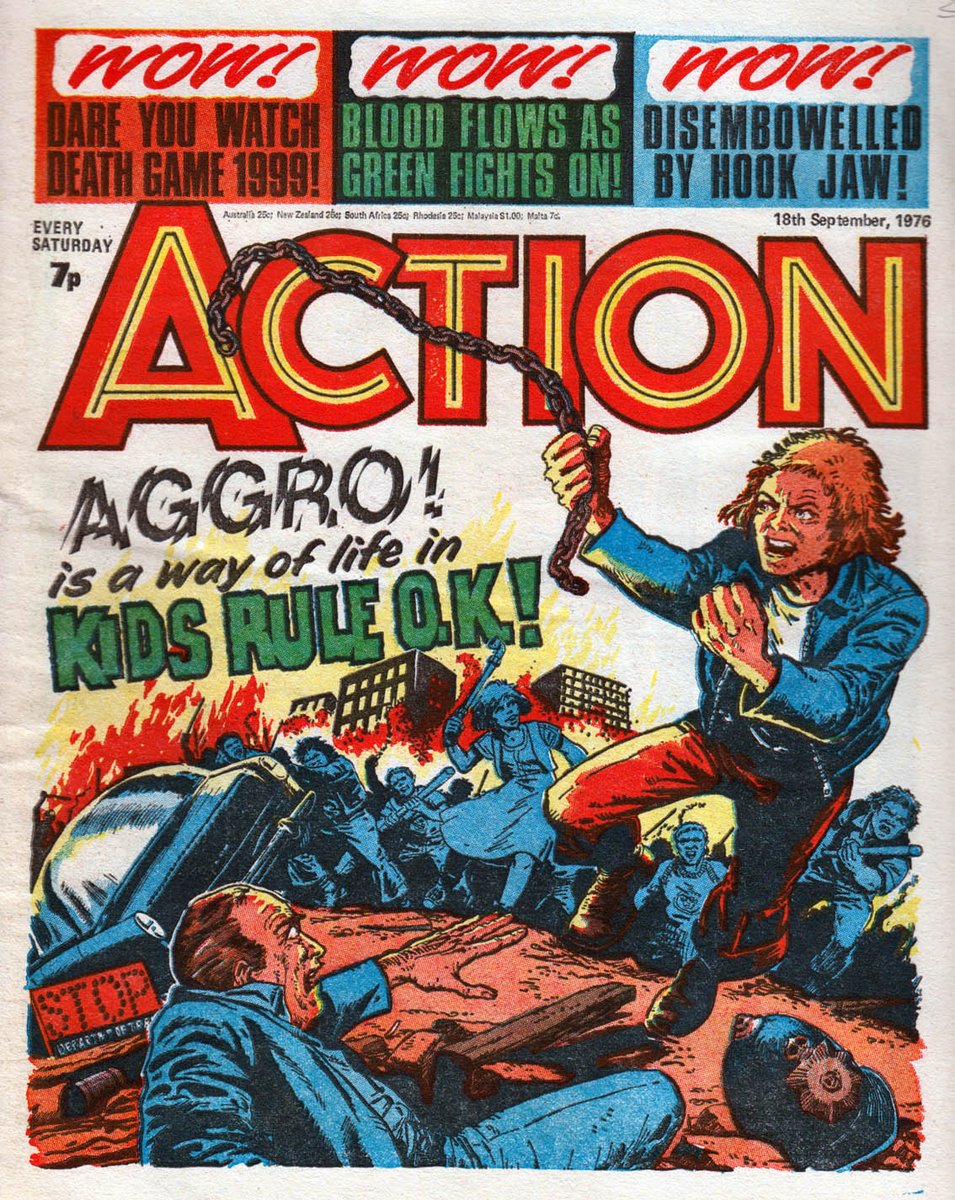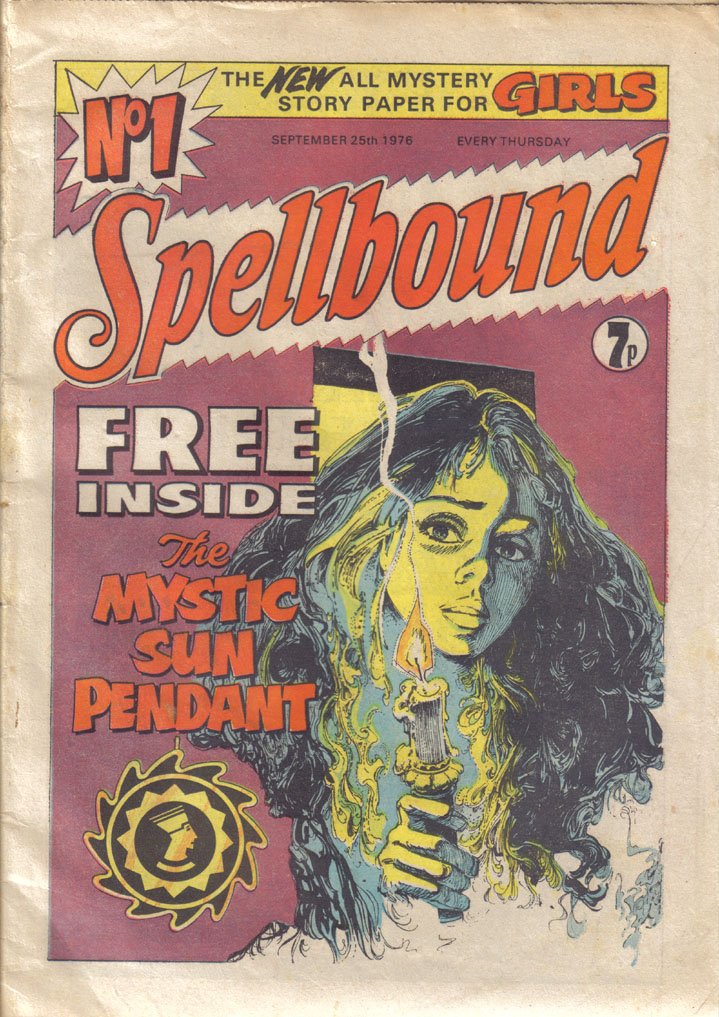
Today in pulp... I look back at Atari! #MondayMotivation 

Fun fact: the Atari logo is called 'Fuji' after the Japanese mountain. Even though it's an American company. That was later sold to the French.
From 27-30 December 2013 Sweden's Victor Sandberg played Atari's Missile Command for a straight 71 hours and 41 minutes on a single credit.
His high score of 103,809,990 (on level 10,432) was 10 points short of winning an additional 176 cities to defend.
His high score of 103,809,990 (on level 10,432) was 10 points short of winning an additional 176 cities to defend.
No thanks...
Atari Touch Me (1974). As an arcade game it kinda flopped, but MB Games 'borrowed' the idea, called it "Simon", and the rest is history.

Atari Touch Me (1974). As an arcade game it kinda flopped, but MB Games 'borrowed' the idea, called it "Simon", and the rest is history.

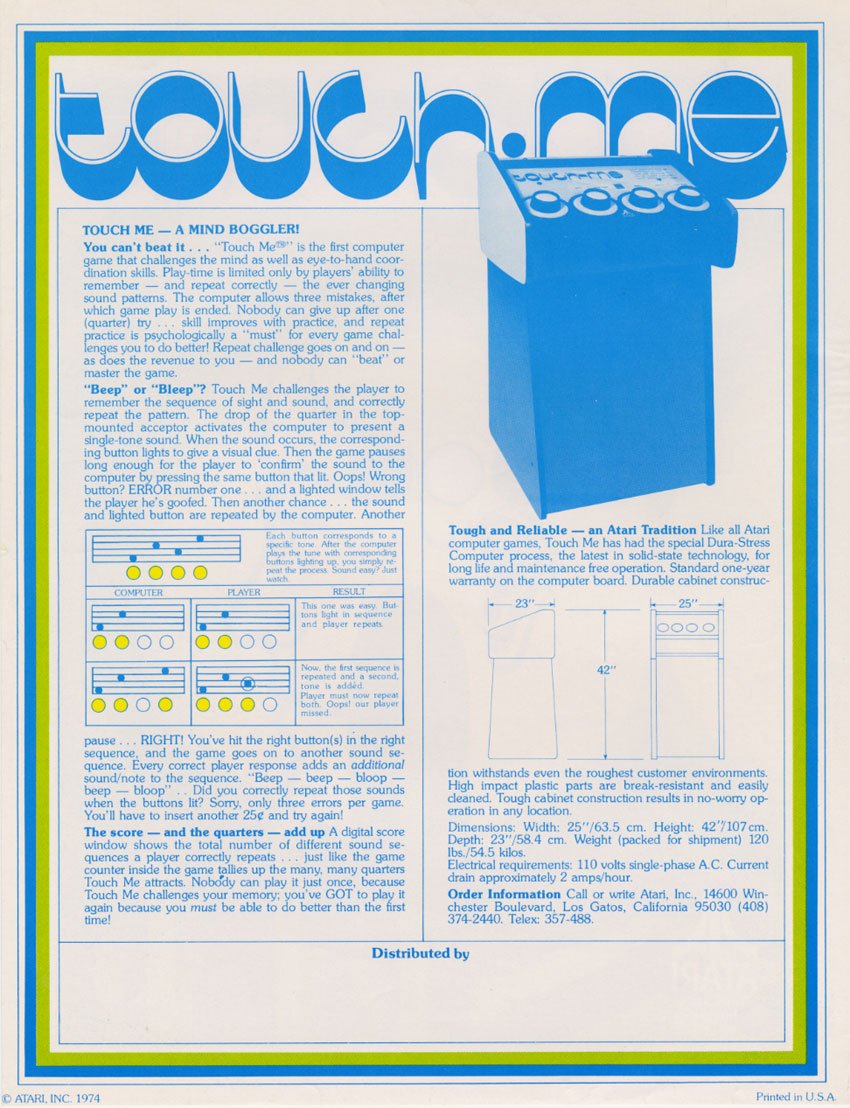
The Atari 2600 Manual: Basic Programming (1979). So that's what coders do all day*!
(*whilst eating Doritos, obviously)
(*whilst eating Doritos, obviously)

Why do girls like Atari Computer Camps?* 1983.
(*6502 assembly language and no parents - what's NOT to like!)
(*6502 assembly language and no parents - what's NOT to like!)

"Your coding is weak! Suffer! Suffer!!"
Forth on the Atari, by E Fliegel (1982). You don't wanna see the cover illustration for Pascal...
Forth on the Atari, by E Fliegel (1982). You don't wanna see the cover illustration for Pascal...

Atari Star Wars (1983)...
...you can use the Force a little too much you know!
K.C. Munchkin for Odyssey 2 / Philips Videopac (1981). Yes I KNOW it looks like Pac Man, but for various international copyright reasons it isn't. Nope. Nothing to see here.
That didn't stop an Atari lawsuit however...
That didn't stop an Atari lawsuit however...

E.T. - A video game SO bad Atari buried most of the cartridges in a New Mexico landfill in 1983: en.m.wikipedia.org/wiki/Atari_vid…
The Atari 520ST (1985) the most American computer ever! Suck it VIC-20!!
It was loved by musicians due to its MIDI ports. Atari Teenage Riot was even named after it!
It was loved by musicians due to its MIDI ports. Atari Teenage Riot was even named after it!
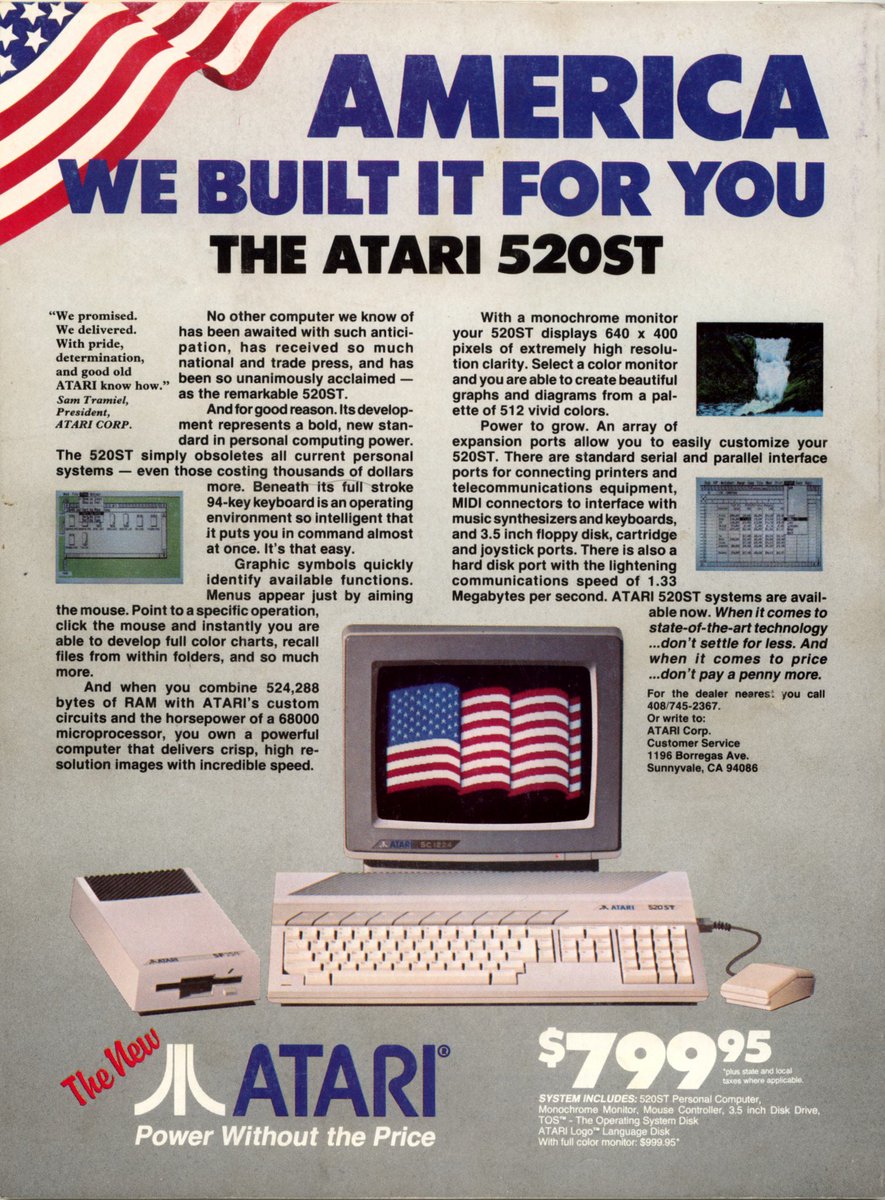
The 1990 Atari Stacy portable computer. 'Laptop' wasn't a word back then, though you did get a nifty tracker ball to play with. 

The 1989 Atari Portfolio. Simple, light and rugged the Portfolio was the PC John Connor used to hack ATMs in Terminator 2. 
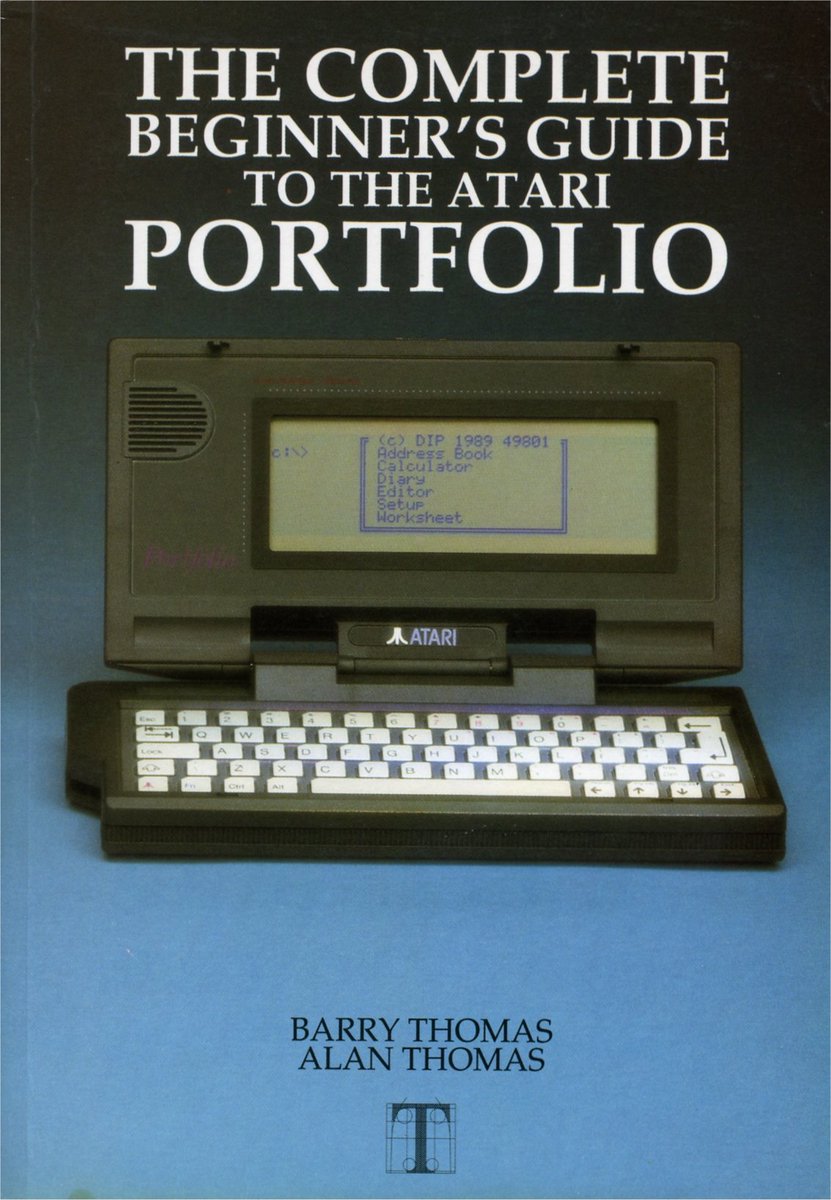
Behold the 1989 Atari Lynx.
"I'm not going into the lavatory, I'm going into the world of mobile gaming!"
"I'm not going into the lavatory, I'm going into the world of mobile gaming!"
The 1993 Atari Jaguar console. The first 64 bit* home console ever!
(*OK, it had two 32bit processors that were quite near each other. That's not cheating, is it?)
(*OK, it had two 32bit processors that were quite near each other. That's not cheating, is it?)
• • •
Missing some Tweet in this thread? You can try to
force a refresh










